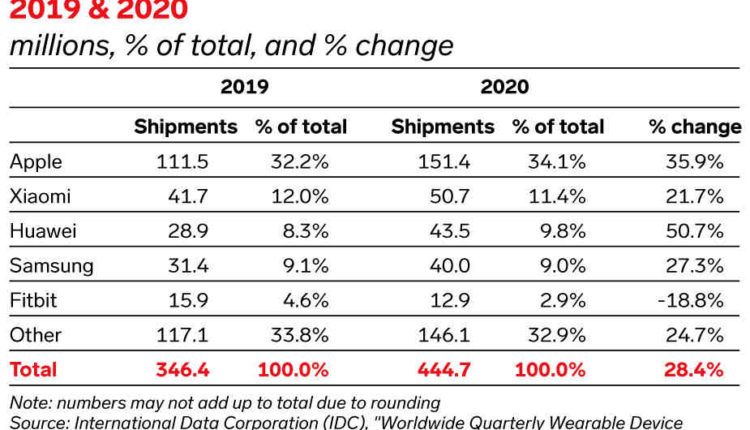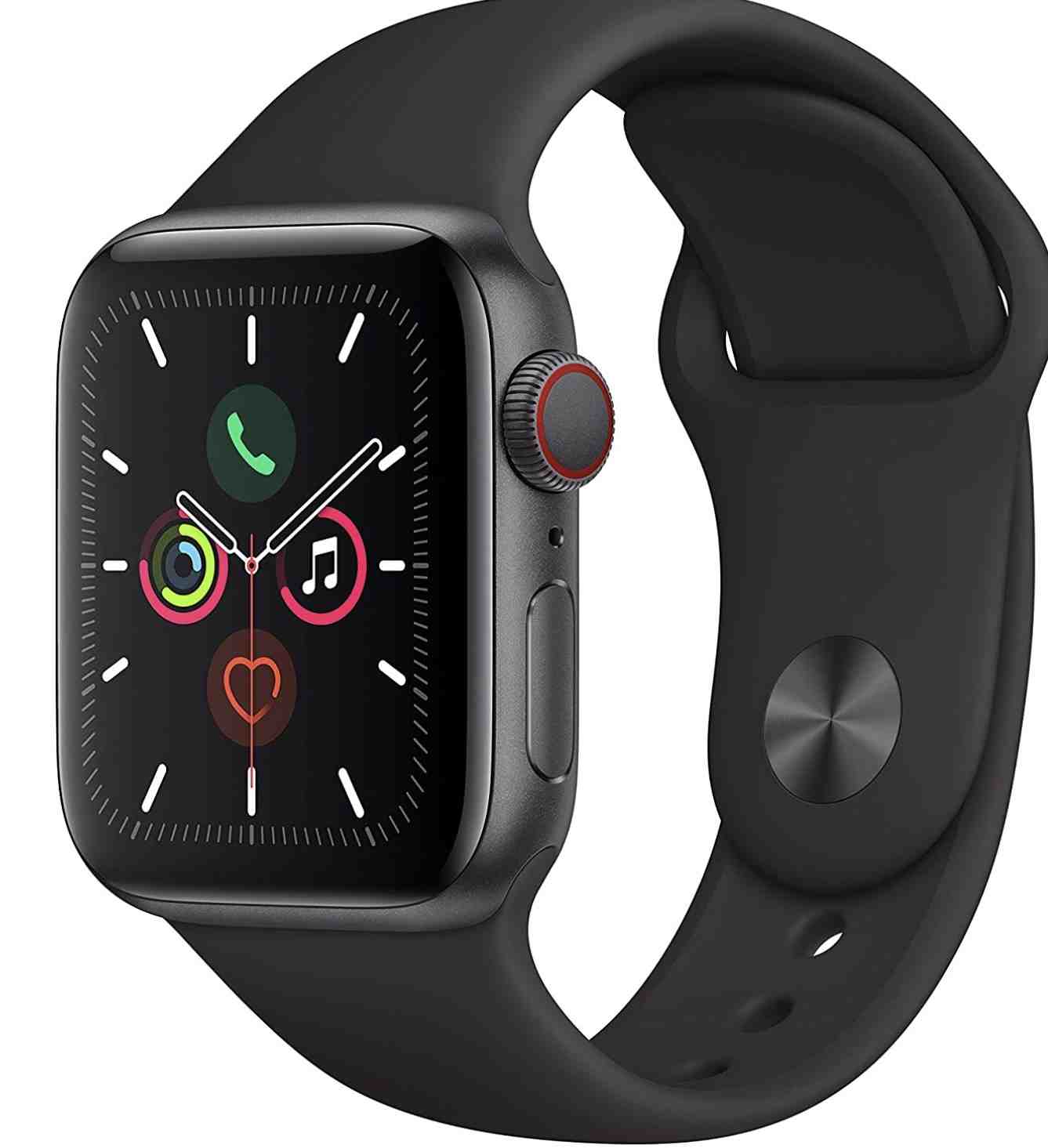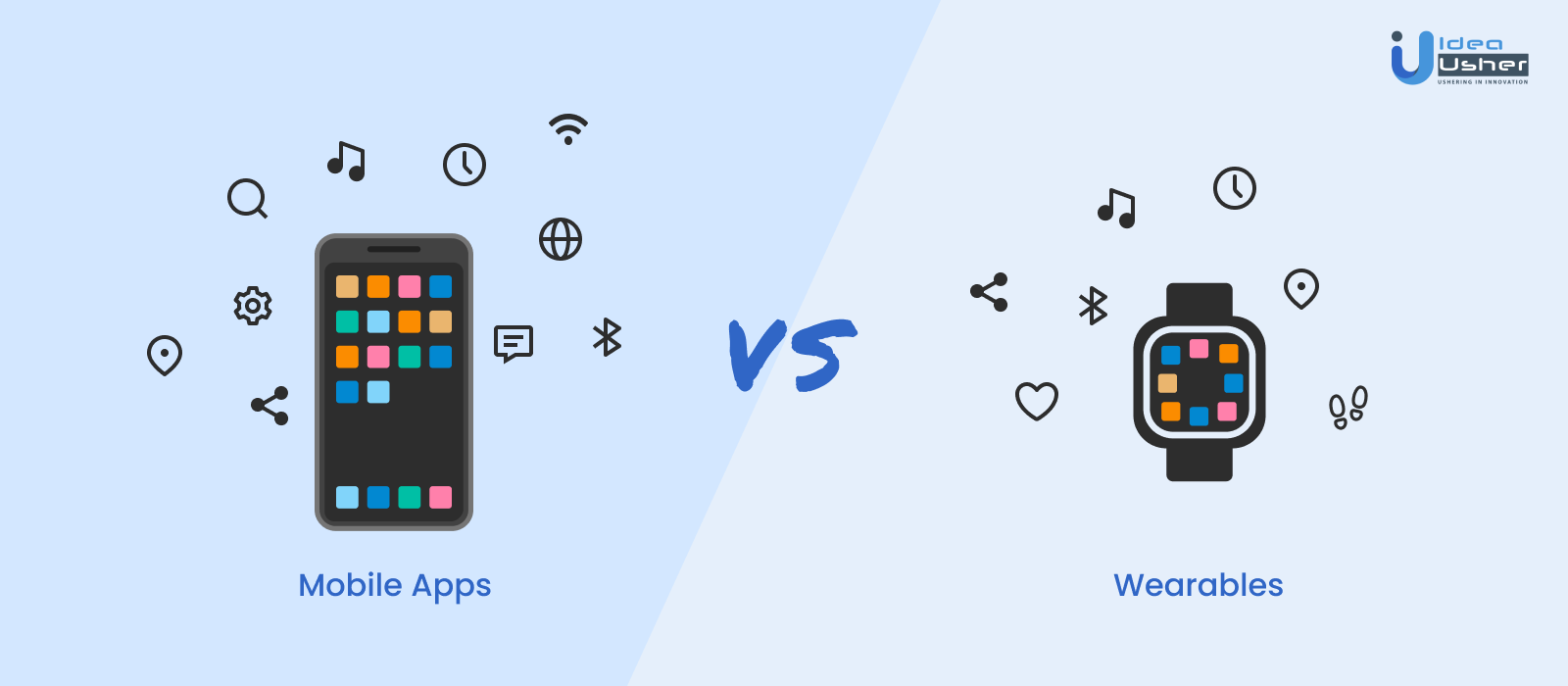Why wearable technology is a trend?
How many people wear wearable devices?
Contents
About 30% (1266/4551) of U. See the article : What problems do wearable technology solve?.S. adults use a workable health device.
What is the market share of workable technologies? Delivery of goods that can work world market share 2014-2021, by merchants. Apple set a solid hold on usable device unit shipments with 28.8 percent in the third quarter of 2021, dominating the market this quarter while the same quarter in 2020 held up to 33.1 percent market share.
How many people use a wearable device?
Nearly 57 million Americans use tools that can be used on any given day (Allied Market Research). For 2020, usable submissions will increase by more than 40% worldwide (Smart Insights). Workable fitness is the most popular, accounting for more than 58% of all global submissions (Smart Insights). This may interest you : What are the benefits of wearable technology?.
How big is the wearable tech market?
The global workable technology market size is valued at $ 40. See the article : What are the Top 5 wearable technologies today?.65 billion in 2020 and is expected to expand at a compound annual growth rate (CAGR) of 13.8% from 2021 to 2028.
What is the current size of the global wearable technology market?
Overview Report. The global workable technology market size is valued at $ 40.65 billion in 2020 and is expected to expand at a compound annual growth rate (CAGR) of 13.8% from 2021 to 2028.
Is the wearables market growing?
NEW YORK, March 10, 2022 / PRNewswire / – The size of the global wearable market is expected to increase by $ 23.03 billion between 2020 and 2025, advancing at a CAGR of 6.70%.
What percentage of adults 70 Wear wearable technology?
According to an insider, 3-5 million Apple watches alone have been purchased by adults age 65. And AARP’s latest technology adoption report, recently published, states that 20% of the 70’s age range have that work.
What are wearables used for?
Wearables are electronic technologies or devices that are incorporated into items that can be used comfortably on the body. This workable tool works to track information in real-time. They have motion sensors that take pictures of your day’s activities and sync them with a mobile device or laptop computer.
What are some examples of wearables? Your Apple Watch and Fitbit are classic examples of technologies that work, but they’re not the only devices being developed right now. In addition to smart watches, VR and AR technology, smart jackets and a variety of other gadgets are pushing us towards a better lifestyle.
Why is wearable technology useful?
Wearable Technology Makes Us Safer With people constantly seeing their devices on-the-road, things can be dangerous, such as when walking or driving. Instead, devices such as Bluetooth headsets allow you to talk on a handsfree phone while keeping focused on the task in front of you.
What are 3 positives and 3 negatives of wearable technology?
Pros and Cons of Wearable Tech
- Pros: Really Wearable Technique.
- Con: Wearable Tech Limited.
- Pros: Most Wearable Tech is Wise.
- Con: Some Wearable Tech is not wise.
- Pro: Wearable Tech Use.
- Con: Wearable Tech is Expensive.
What is wearable technology and what are its uses?
Workable technology is any type of electronic device that is designed to work on the user’s body. Such devices can take many forms, including jewelry, accessories, medical devices, and clothing or clothing items.
How does wearable help in daily life?
Many wearables provide the ability to track your physical activity and save it for viewing at a later time. It can be a good resource, allowing us to set short -term and long -term goals and track our progress towards them.
How wearable technology can influence our daily life?
Wearable Technology Saves Lives For example, many elderly patients now use heart monitors and GPS location devices that tell caregivers when something is wrong or when they have wandered off. Some types of Remote Patient Monitor devices that work can even alert the patient when the person is down.
What are the advantages of wearable devices?
Workable technology is easy to use. It’s lighter, smarter and more comfortable than it ever works. They are also easy to set up, as most devices can integrate with your smartphone or can work independently. Most that work, if not all, offer easy portability and improve user friendliness.
What are 5 benefits of wearable technology?
Start Seeing These 5 Positive Changes and Wearables
- Improve Productivity. Wearables have a variety of features that result in increased production by 15%¹. …
- Increase Speed. Every second is counted in operating workflows. …
- Superior Task Accuracy. …
- Extraordinary Wireless Readers. …
- Raise Employee Awareness.
Who benefits from wearable data?
Benefits of workable technology The report states that three parts benefit from workable technology: healthcare providers, health payers, and patients. As mentioned before, workable technologies are in the market, but with the exception of the popular Fitbit, they have not yet become a major health device.
What are the benefits of wearable technology?
Workable technology gives us the ability to monitor our fitness levels, track our location using GPS, and view text messages faster. Best of all, most of the devices that allow us to do this are hands free and portable, eliminating the need to take our devices out of our pocket.
What is the most popular wearable device?
The most successful workable devices on the market today are smart watches and health and fitness trackers, with relatively newcomers being the most dominant category.
What are the Top 5 wearable technologies today? You can already order most of the devices mentioned in this list from Amazon.
- Smart ring. One of the most basic but useful smart work tools that you can enjoy in the coming years is the smart ring. …
- Smart glasses. …
- Smart Dress and Sensors. …
- Smart earphones. …
- Medical Wearables. …
- Smart helmet. …
- Biosensor.
Which is a number 1 wearable brand globally?
| company | 4Q21 Delivery | Year-Over-Year Growth |
|---|---|---|
| 1. Apples | 59.7 | 7.3% |
| 2. Xiaomi | 14.6 | 7.9% |
| 3. Samsung | 13.6 | 3.8% |
| 4. Huawei | 11.5 | 35.6% |
What is the most popular wearable?
Workable Parts The most successful workable devices on the market today are smart watches and health and fitness trackers, with relatively newcomers being the most dominant category.
What company is the leader in wearable technology?
In 2021, Apple is a viable vendor, thanks to the successful introduction of the Apple Watch to the smartwatch market. The smart watch market is a promising part of the industry that works, as global smart watch shipments have increased in recent years.
Why is wearable technology so popular?
Workable technology gives us the ability to monitor our fitness levels, track our location using GPS, and view text messages faster. Best of all, most of the devices that allow us to do this are hands free and portable, eliminating the need to take our devices out of our pocket.
What are the advantages of a workable tool? Workable technology is easy to use. It’s lighter, smarter and more comfortable than it ever works. They are also easy to set up, as most devices can integrate with your smartphone or can work independently. Most that work, if not all, offer easy portability and improve user friendliness.
Why wearable technology is the future?
Things that work forward can be further hidden by adding a thin film inside your favorite jewelry to measure biometric data, activity levels and even let you know when you type on a keyboard too long. Private. From wedding rings to Invisalign, objects used on bodies 24-7 are personal things.
What is a potential future use of wearable health devices?
The results of the study indicate that fitness trackers can help assess the quality of life for patients and provide more accurate and continuous medical monitoring. The devices also reduce the risk of bias and potentially enable advance intervention if needed and improve treatment outcomes.
Why wearable technology is a trend?
Wearable technology incentivizes behaviors that reduce hospital visits and readmissions due to poorly managed personal health — 75% of users agree that wearables help them keep track of their health.
Sources :




Comments are closed.